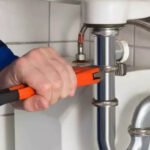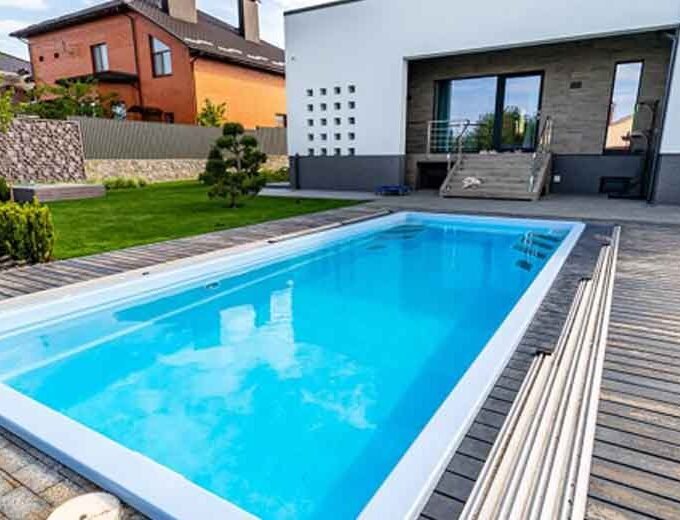Installing an irrigation system is a wise investment for any homeowner or property manager looking to maintain a lush, healthy lawn and garden. An irrigation or sprinkler system can help homeowners conserve water resources and reduce manual labor.
However, it’s crucial to avoid common mistakes that can lead to wasted water, inefficient watering, and costly repairs down the line. Here are five common mistakes to avoid when installing an irrigation system to ensure optimal performance and longevity.
1. Neglecting Proper Planning and Design
One of the most critical aspects of installing an irrigation system is proper planning and design. Neglecting this step can result in an improper irrigation system, leading to inefficient water distribution, oversaturation in some areas, and dry spots in others.
Before installing any components, assess your landscape’s layout, including plant types, soil conditions, and sun exposure. Consider slope, drainage patterns, and water pressure to design a system that meets your lawn and garden’s needs.
2. Incorrectly Sizing the System
Another common mistake is incorrectly sizing the irrigation system. Choosing the wrong pipe diameter, sprinkler heads, or valves can result in inadequate water flow, pressure loss, and uneven coverage. To avoid this, calculate the water requirements for your landscape based on factors like plant type, soil type, and climate.
Consult with a professional or use online tools to determine the appropriate pipe size, spacing of sprinkler heads, and flow rates for each zone in your system.
3. Poor Installation Practices
Proper installation is crucial for an irrigation system’s efficient operation and longevity. Poor installation practices, such as inadequate trenching, improper pipe connections, and incorrect sprinkler head placement, can lead to leaks, clogs, and system failures.
Ensure that trenches are dug to the appropriate depth and width, and use quality materials for pipe connections to prevent leaks. Follow manufacturer guidelines for the placement and spacing of sprinkler heads to achieve uniform coverage without overlap or gaps.
Another way to avoid this pitfall is to entrust the planning and design process to a reputable installation company. Professional teams have the expertise to assess your landscape’s layout, including plant types, soil conditions, and sun exposure, ensuring that the irrigation system for your property is tailored to meet your specific needs. By choosing a reputable installation company, you can mitigate the risk of design flaws and ensure that your irrigation system operates efficiently and effectively from the start.
4. Overlooking Maintenance Needs
Once the irrigation system is installed, it’s essential to prioritize regular maintenance to keep it functioning optimally. Neglecting maintenance tasks such as cleaning filters, adjusting sprinkler heads, and checking for leaks can result in wasted water, waterlogged soil, and plant stress.
Create a maintenance schedule that includes seasonal inspections, repairs, and adjustments to ensure proper operation year-round. Consider investing in smart irrigation technology to automate maintenance tasks and optimize water usage based on weather conditions.
5. Ignoring Water Conservation Practices
Finally, overlooking water conservation practices is a common mistake when installing an irrigation system. Inefficient watering habits such as overwatering, watering during peak sun hours, and watering hardscapes can lead to water waste and higher utility bills.
Instead, implement water-saving strategies such as installing rain sensors, drip irrigation systems, and smart controllers that adjust watering schedules based on real-time weather data. Also, proper lawn care techniques should be practiced, such as mowing at the correct height and aerating the soil to promote water absorption and reduce runoff.
















